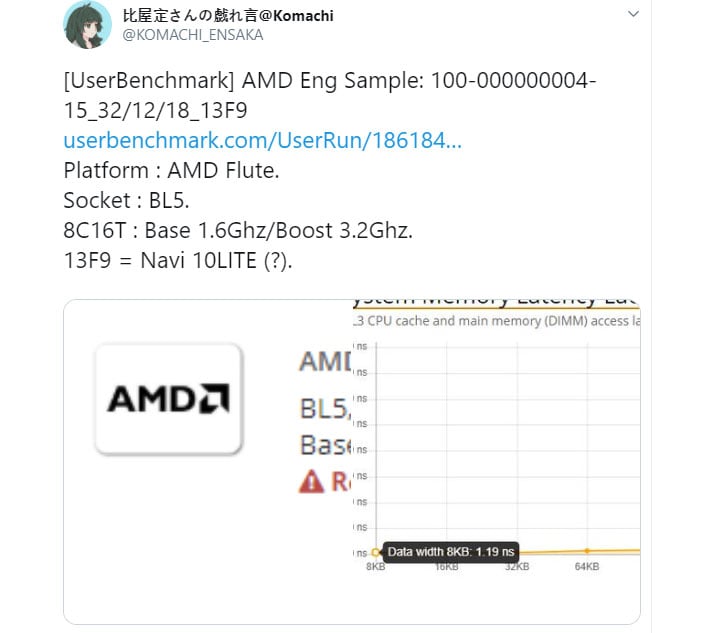I'm not necessarily sure that correlation of being behind means they weren't being communicated with from the start.
I don't exclude the possibility of early communication with AMD from the start, I merely conclude that given the rapid deployment of NVIDIA's RT initiative across the board, it's efforts most probably predated DXR. Meaning they were already in the process of doing hardware accelerated RT in the form of a CUDA/Optix extension, and later as a DX12/Vulkan proprietary extension. This is the only explanation for their seemingly immediate hardware support for DXR.
DXR was first announced in March 2018, it was immediately supported on Volta (which was released in May 2017), with announced support for later architectures, which turned out to be Turing (just an upgraded Volta + RT cores), Turing got released a few months later in August 2018. Things don't happen this quickly unless NVIDIA has laid the groundwork for hardware RT before DXR, especially as AMD is completely absent from that picture, didn't even come up with an official hardware RT solution to this day, meaning they probably started working on RT during the time of DXR formulation, not before it.
at the very least a telling of how intertwined Nvidia may be with DirectX at least from a feature set perspective
Yeah, they practically got 4 DX12 features early, however these features were also ahead of their DX12 integration, meaning NVIDIA was probably independently developing them already.
They had AI hardware acceleration through Tensor cores on CUDA, which got integrated later into DirectML (which is still in it's beta phase).
They had Mesh Shaders on Turing on a separate DX12/Vulkan proprietary extension, which is still currently being integrated into DX12.
They even had Variable Rate Shading (VRS) on Turing since day one, through a separate Vulkan proprietary extension, DX12 began integrating the feature some 8 months after Turing announcement.
The last one and the big one is Ray Tracing, can you spot the pattern? I am postulating NVIDIA had RT acceleration even before DXR, at least in the same way they had AI acceleration before DirectML.
If Sony is really developing a custom RT solution, then Sony's RT effort most probably have predated DXR, same as NVIDIA.


